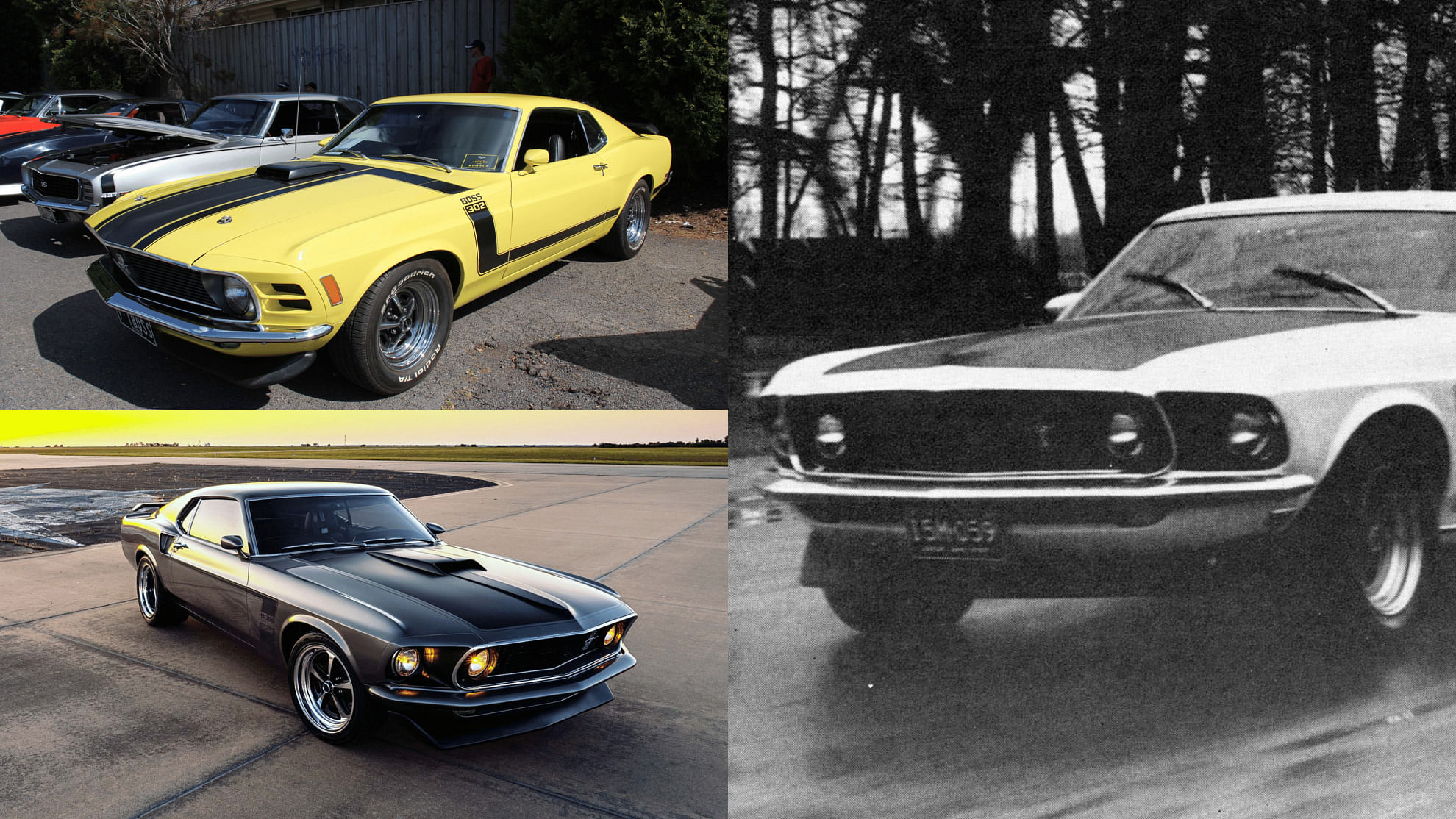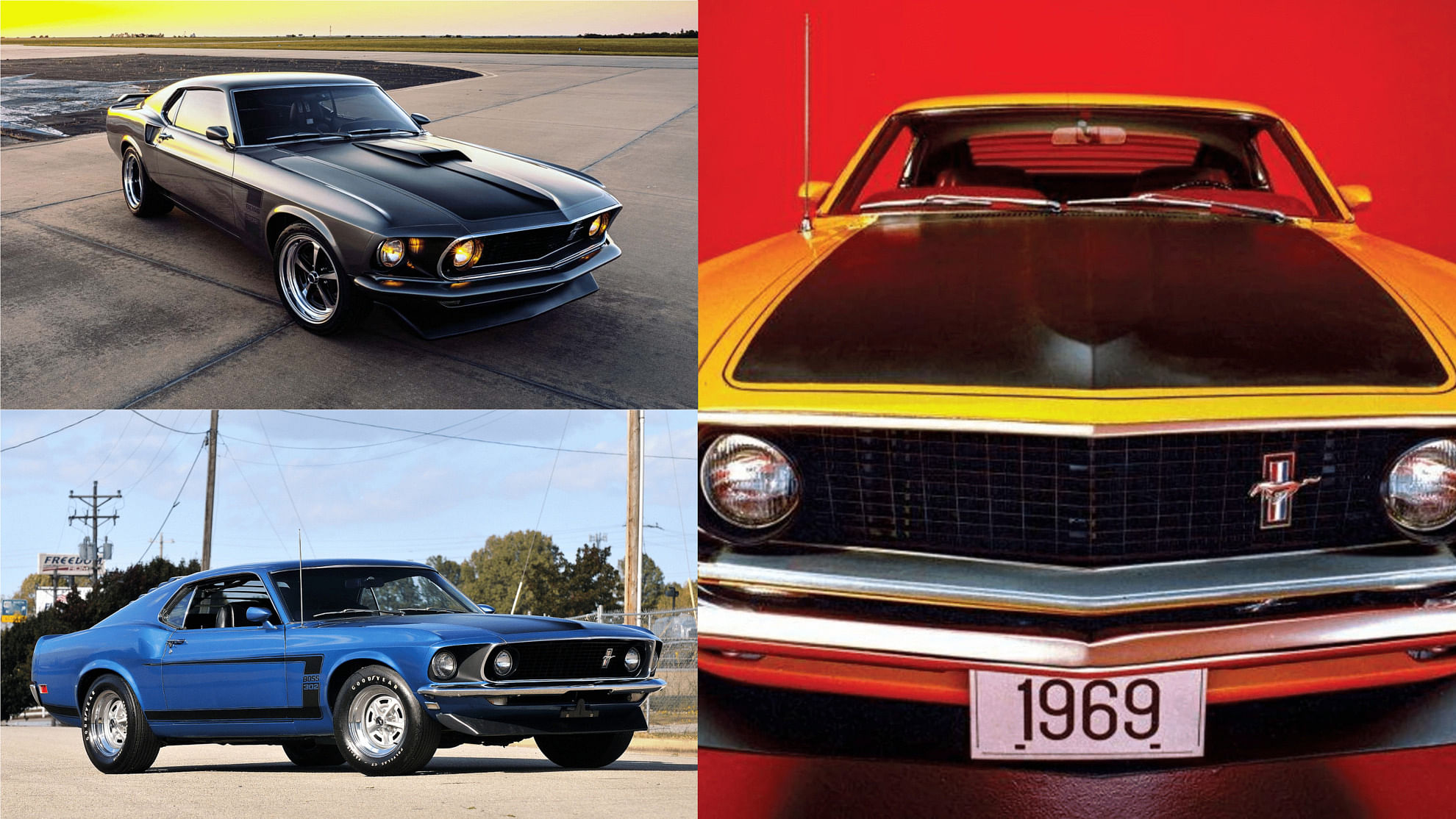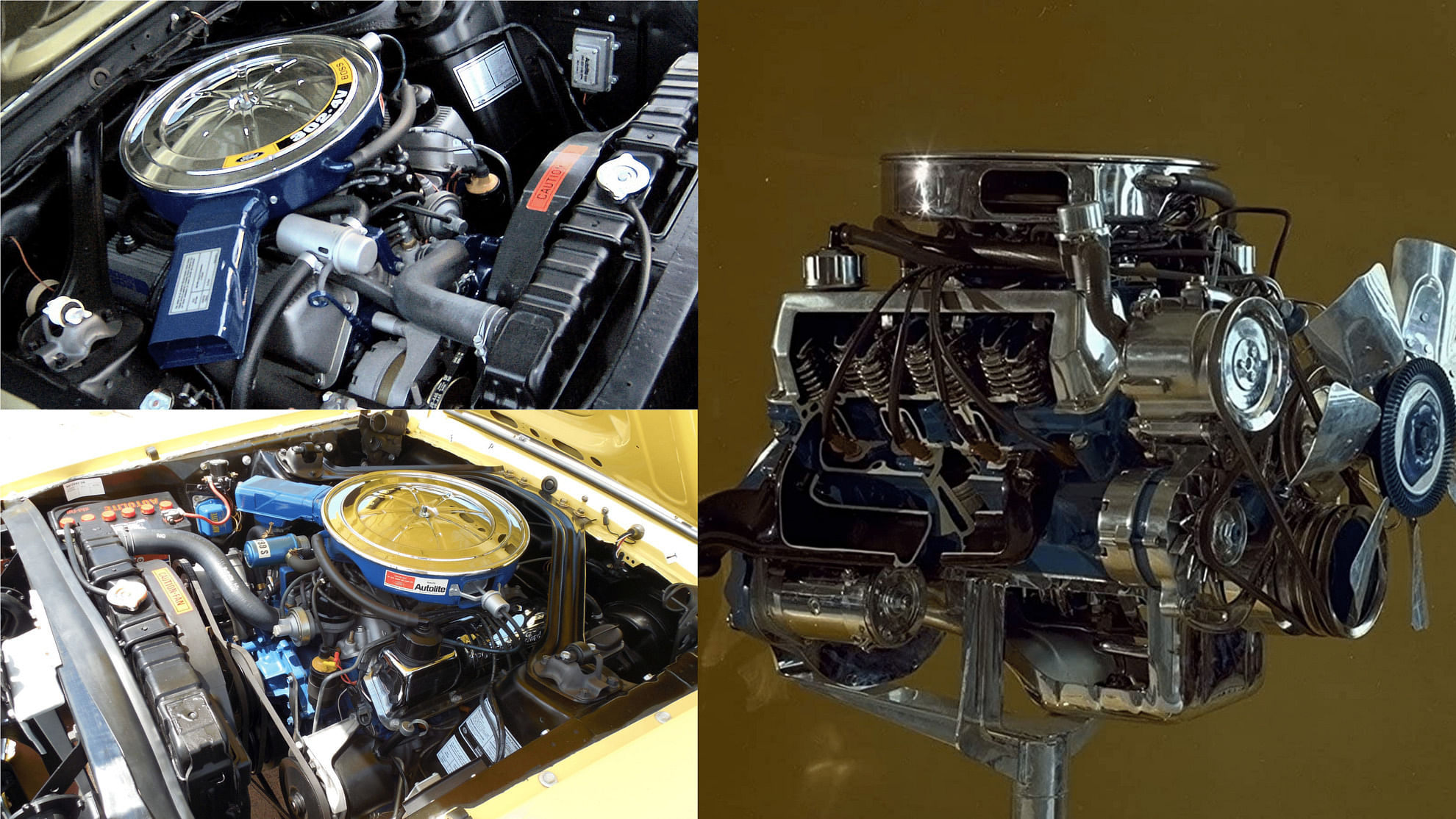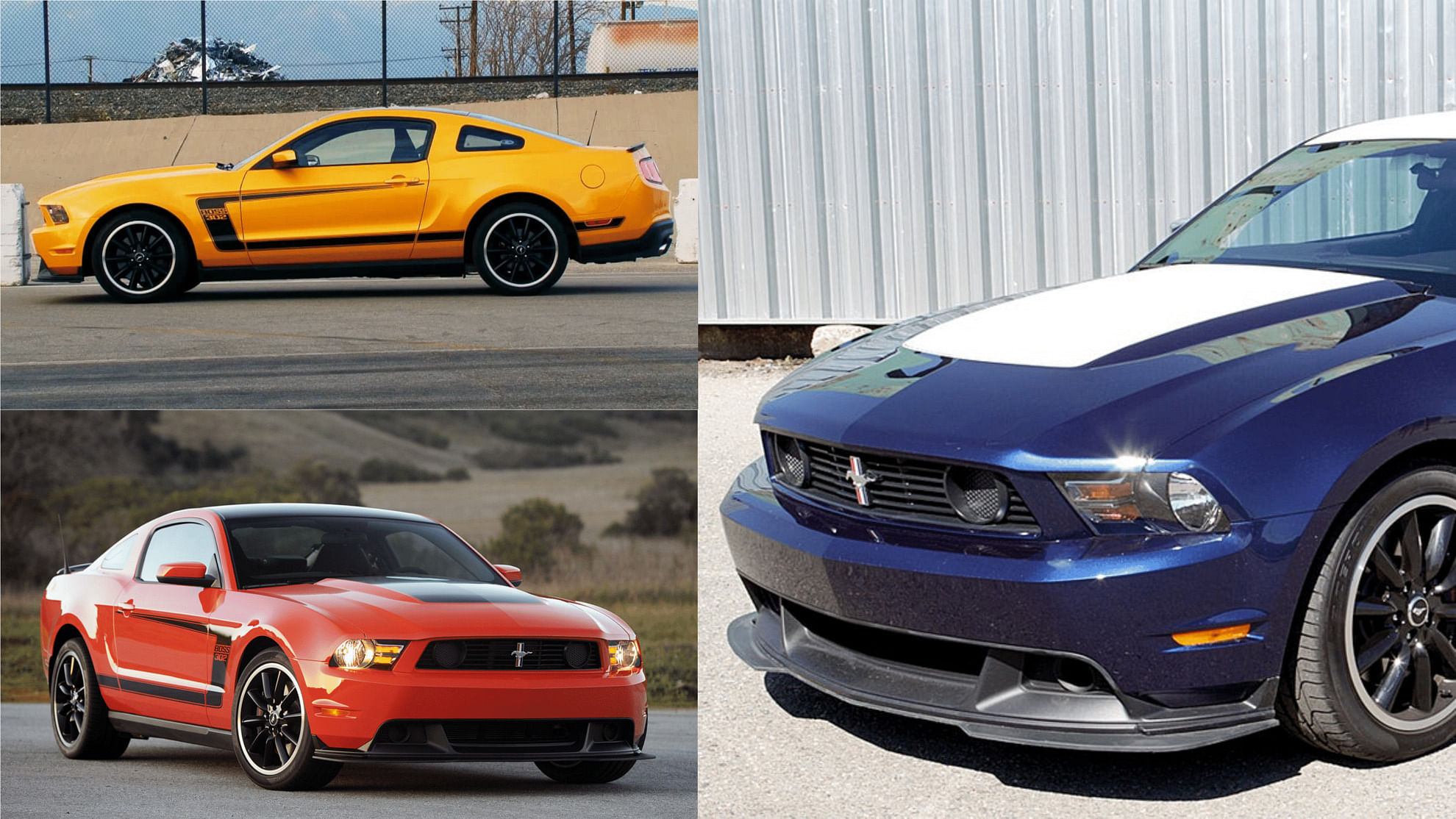Top 10 Things You Need To Know About The Ford Boss 302 Mustang (1969-1970)
The Ford Mustang is still a special car for almost every car person out there. And there have been endless modified and special editions of the car built by fans as well. However, back in the late 60s, after the Camaro came out, Ford was in a fit to beat the Camaro and introduced the Boss 302. With only a limited number of units produced, the Boss 302 from 1969 is a super rare and amazing performance machine for its time.
Published March 18, 2024


The Ford Mustang was already a hit by 1968 but with the launch of the Chevrolet Camaro, Ford was in a tough spot. Moreover, Chevy’s small block high-performance V8 also posed a serious challenge to the Mustang as well. Ford took the opportunity to uplift the Mustang’s image by making the Boss 302 engine optional for the 1968 and 1969 Mustangs. While the Boss engine was intended for Trans-Am racing purposes, it improved the Mustang’s performance significantly. But it meant several changes to the vehicle including the fenders and the suspension setup. Even though the Boss 302 Mustang was quite successful, Ford only made a limited number of the car and canceled the production after 1970 entirely.
10. The Boss 302 Mustang was produced in limited numbers

The Ford Boss 302 Mustang was a hit among enthusiasts due to its appealing and complete package. Even though the car was a hit, and the fact that the Boss 302 engine led Ford to victory in the 1970 Trans-Am racing series, the entire production was canceled.
9. The “302” badge was an effect of NASCAR’s restrictions

Back in 1969, Ford produced a big 429 cid motor for the Trans-Am racing series. However, NASCAR had restrictions regarding the displacement of the engine which led to the production of the 302 motor. With its success, Ford decided to give the Mustang equipped with this motor the Boss 302 badge, especially to denote its higher performance.
8. The Boss 302 was victorious at the 1970 SCCS Trans-Am Racing Series

After losing out at the 1969 Trans-Am racing, Ford understood its shortcomings that led to the loss. Next year, it improved the timing and efficiency of its pit stops. Along with Parnelli Jones behind the wheel, the Boss 302 won the 1970 race but that didn’t keep Ford from canceling the program.
7. The 302 motor was the prime attraction of the car

Among a few other things, Ford wanted to highlight the Boss 302 Mustang’s motor over anything else. Hence, it put the 5.0-liter naturally breathing V8 under its hood. The motor had a cylinder bank angle of 90 degrees and produced 290 horsepower along with 290 lb-ft of torque. The wide angle of the cylinders made the motor a high-revving one, and it redlined to almost 7,000 rpm!
6. The car boasted stunning looks for its time
The Ford Mustang was already a handsome and sporty-looking vehicle back then. And to supplement the performance of the Boss 302, some restyling was done to the exterior. The redesign included the car’s front end made from fiberglass along with a front bumper loop. The hood was also equipped with five air intake vents but placed in an aggressive manner. To accommodate the wider tires, Ford had to redesign both the front and rear fenders as well.
5. The Boss 302 was a thrill on a straight line
Being a racing engine, the Boss 302 motor packed in some healthy punch for a muscle car. The motor propelled the Mustang to 60 mph from a standstill in under 7 seconds and completed the quarter-mile stretch within 14.1 seconds flat. Also, the top speed was impressive at 137 mph.
4. The Camaro was the Boss 302’s biggest rival

As mentioned earlier, Ford decided to introduce the Boss 302 motor in rivalry with the Camaro. Almost everything that Ford did to improve the Boss 302 Mustang, was to keep the Camaro at bay. Even on the tracks, Ford’s prime rival was the racing version of the Camaro while muscle cars from Dodge rivaled the Boss 302 in a similar fashion.
3. The driving dynamics of the Boss was impressive for a muscle car
Not only gave the Mustang a power-packed motor, but Ford also made the Boss 302 Mustang a better handling vehicle too. While the regular Mustang and also other muscle cars are known for being tail-happy, not the Boss 302 Mustang. The suspension setup was revised and the rear leaf springs were made stiffer. At the front, the suspension was made softer than usual but it received a sway bar upgrade to keep the nose planted.
2. The Boss 302 was reintroduced in 2012 after 1970

With a single production run from 1969 to 1970, Ford discontinued the Boss 302 Mustang despite getting an immense response. As the brand wanted, a special edition car remained always special along with being desirable. Ford decided to give the enthusiasts a different taste of a proper muscle car and revived the Boss 302 nametag again in 2012. With only 4,000 units ever produced, the newer version of the car also remained rare and exclusive like its predecessor.
1. The car was offered with plenty of customization options
Back in the early 70s, having a sports car with a multitude of customization options was a big thing. But the Boss 302 came with plenty of options nonetheless. The owners of the already limited production car chose the high-back bucket seats along with an altered configuration for the dashboard. Moreover, the entire interior of the 302 was offered with trimmings such as shifter knob trims, a wood grain finish for the dashboard, and a tilt-adjustable steering wheel.
Write a comment
Comments
No Comments Yet







